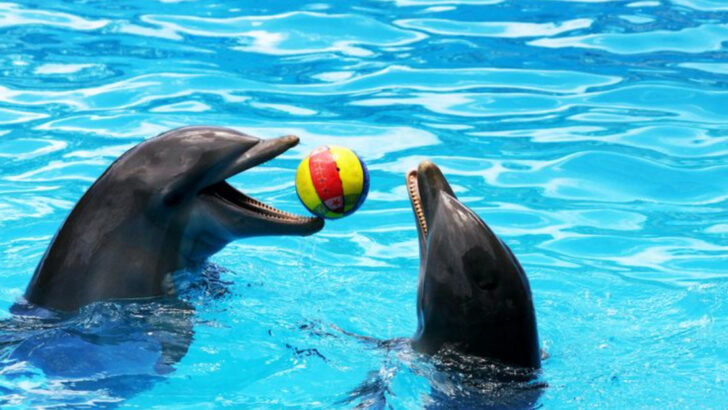Dolphins aren’t just playful, they’re almost human! These intelligent creatures constantly amaze us with their behaviors that blur the lines between animal and human.
From complex communication to showing empathy, dolphins do things that make you stop and wonder, “Are they secretly geniuses in the ocean?” Watching them solve problems or care for each other reveals a side of them that’s downright shocking.
What’s even more jaw-dropping is their ability to form deep emotional bonds, making them seem more like friends than animals. They’re not just swimming around for fun; these dolphins have their own kind of magic that reminds us of what it means to be connected.
Get ready to dive into a world where dolphins show off skills that leave us wondering if we could learn a thing or two from them!
Complex Social Structures
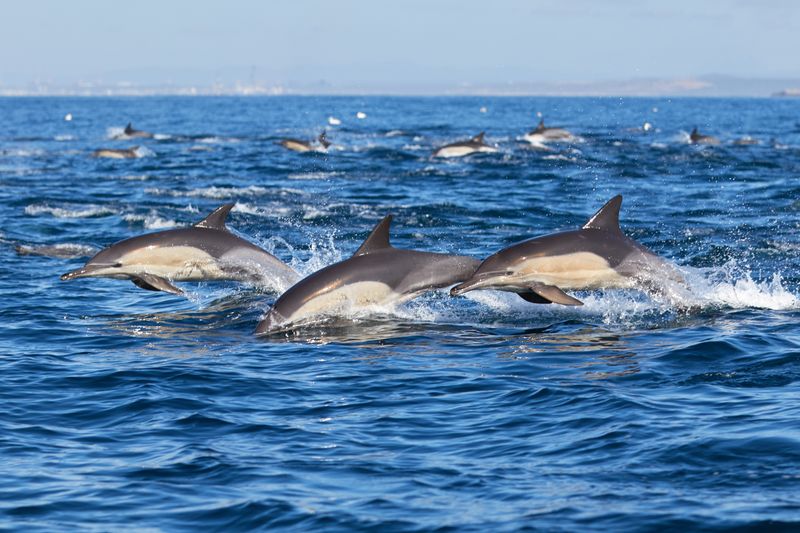
Dolphins are known for their intricate social structures, resembling those found in human societies. Each dolphin belongs to a pod, which is a tight-knit group that supports and cares for one another. Within these pods, dolphins communicate through a series of clicks and whistles, developing unique sounds akin to names. This communication is crucial for coordinating activities and maintaining social bonds.
Dolphins exhibit behaviors such as cooperation in hunting and protection against predators, highlighting their social intelligence. These complex interactions demonstrate a level of empathy and understanding that is truly remarkable among marine animals.
Tool Use
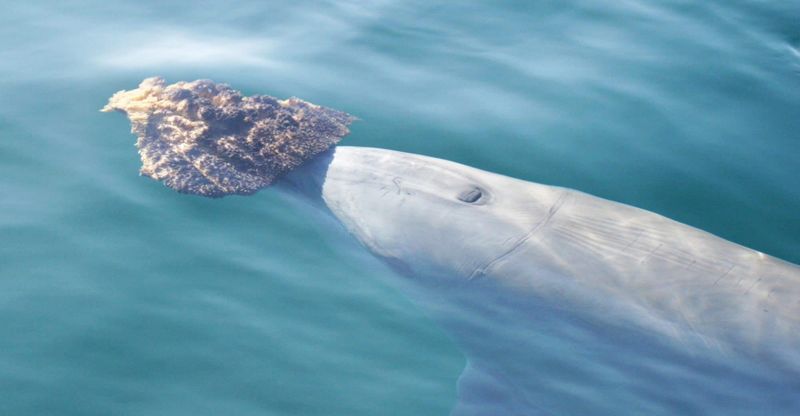
In a striking display of intelligence, some dolphin communities use tools to aid in their survival. A well-documented behavior is sponge-carrying, where dolphins cover their snouts with marine sponges. This practice protects them while foraging on the ocean floor, preventing injuries from sharp objects or stings.
The use of tools is not only a testament to their problem-solving skills but also indicates cultural transmission. Young dolphins learn this behavior from their mothers, showcasing the passing of knowledge through generations, much like human traditions, which emphasize learning and adapting for survival.
Playful Behavior
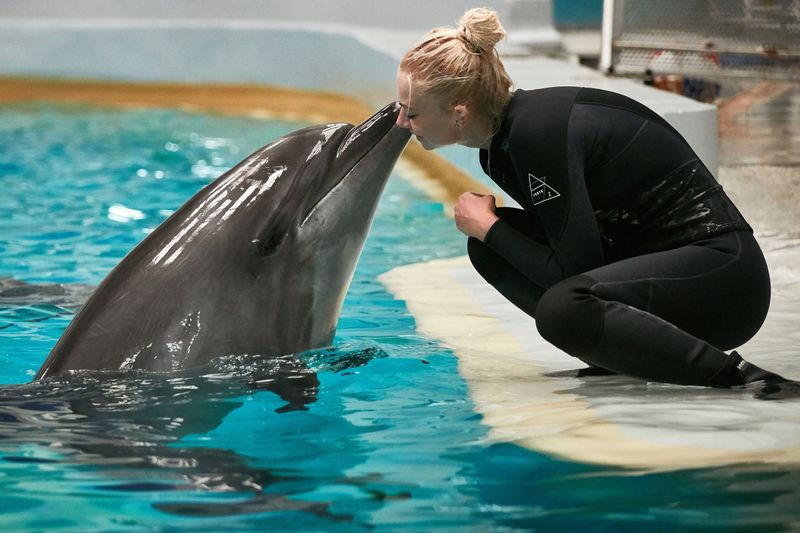
Dolphins are celebrated for their playful nature, often engaging in activities purely for enjoyment. They frequently leap out of the water, ride waves, and play with seaweed or bubbles, displaying a zest for life. This behavior is not just for amusement; it strengthens social bonds and improves hunting skills.
Their playful spirit is comparable to humans, reflecting curiosity and intelligence. Observing dolphins at play reveals their capacity for fun and learning, indicating cognitive abilities that promote both individual growth and group cohesion, making them relatable to human playful endeavors.
Communication Skills
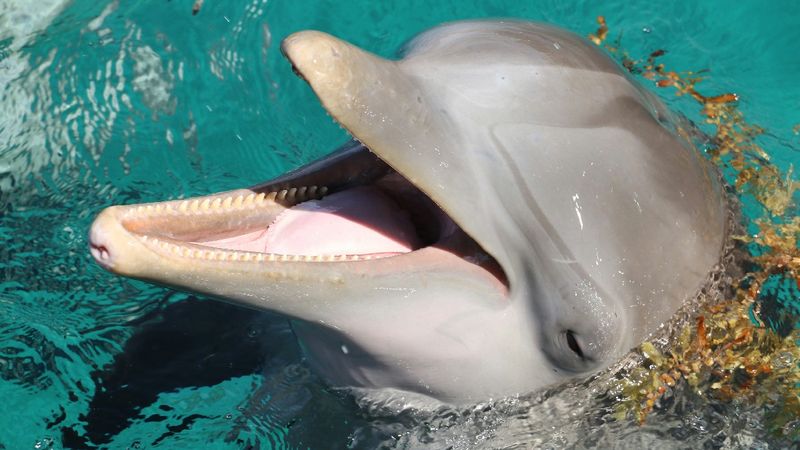
Dolphins possess sophisticated communication skills that are strikingly similar to human language. They use a combination of clicks, whistles, and body language to convey information and express emotions. Each dolphin has a unique whistle, akin to a name, allowing for individual identification and interaction within the pod.
These vocalizations play a crucial role in maintaining social structures and coordinating group activities. The complexity of their communication highlights their cognitive abilities and social intelligence, reflecting an understanding of teamwork and collaboration familiar in human societies.
Empathy and Altruism
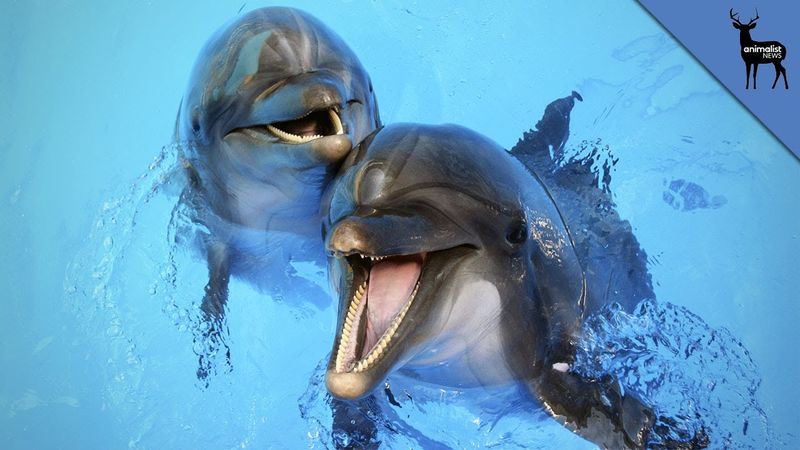
Dolphins exhibit empathy and altruism, behaviors often considered unique to humans. They have been observed helping injured or sick pod members, supporting them physically to the surface to breathe. Such actions demonstrate a profound level of care and concern for others in their community.
This empathy extends beyond their species; there are documented instances of dolphins aiding stranded humans or other animals. Their compassionate nature underlines a complex emotional capacity, fostering strong communal ties and offering insights into the emotional lives of dolphins, making them relatable to human kindness.
Problem-Solving Abilities
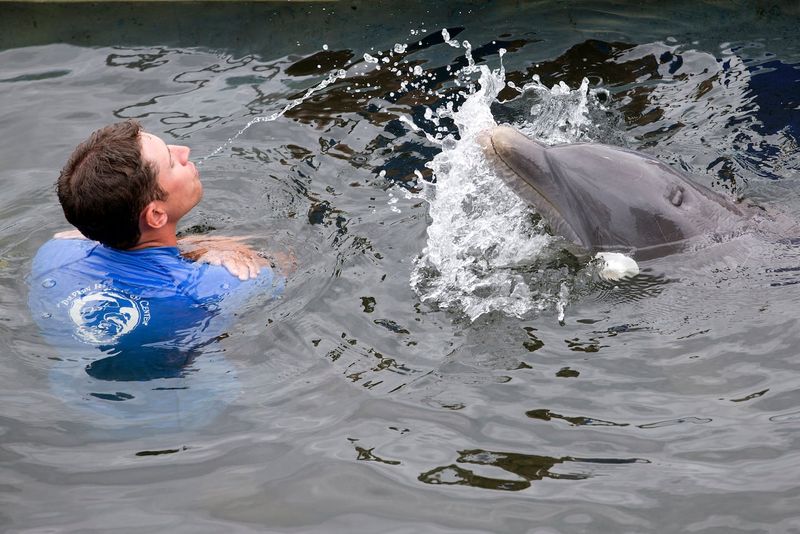
Dolphins are renowned for their exceptional problem-solving abilities. They can navigate complex environments, solve puzzles, and adapt to new challenges with remarkable ease. Studies have shown dolphins’ ability to understand abstract concepts and apply past experiences to novel situations.
Their problem-solving skills are not limited to survival; they extend to social interactions and play. Dolphins often engage in creative games that require strategic thinking and teamwork. These cognitive capabilities illustrate their intelligence and adaptability, drawing parallels to human ingenuity and the ability to overcome obstacles.
Self-Awareness
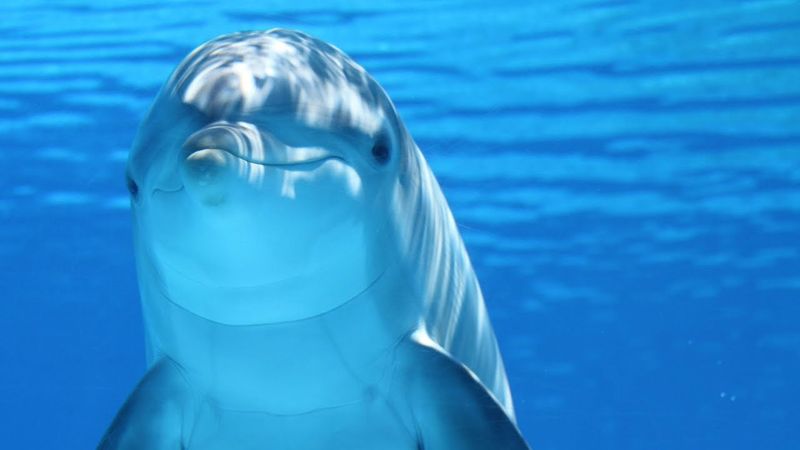
Dolphins display signs of self-awareness, a trait that is rare in the animal kingdom and parallels human consciousness. Experiments involving mirrors have shown that dolphins can recognize their reflections, indicating an understanding of self.
This self-awareness is linked to their social intelligence and emotional depth, as it requires an awareness of one’s identity and existence. Such cognitive abilities enable dolphins to engage in complex social interactions and exhibit behaviors like empathy and cooperation, enhancing their social harmony and making them fascinating subjects of study in animal cognition.
Cooperative Hunting Techniques
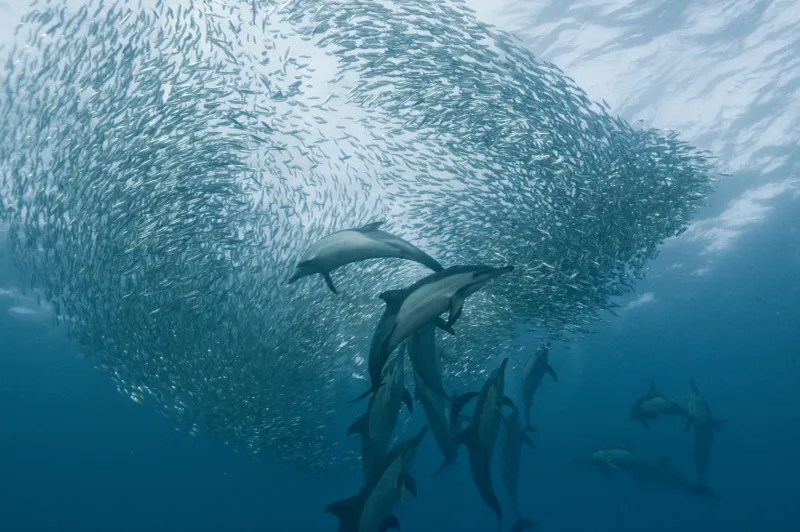
Dolphins employ cooperative hunting techniques that showcase their intelligence and teamwork. They work together to herd fish into tight balls, making it easier to catch them. This strategy requires precise coordination and communication among pod members.
Such collaborative efforts are not only efficient but highlight their ability to plan and execute complex tasks. This behavior reflects a sophisticated understanding of group dynamics and resource management, mirroring human collaborative endeavors in achieving common goals, and demonstrating the intelligence that makes dolphins’ hunting techniques truly remarkable.
Cultural Transmission
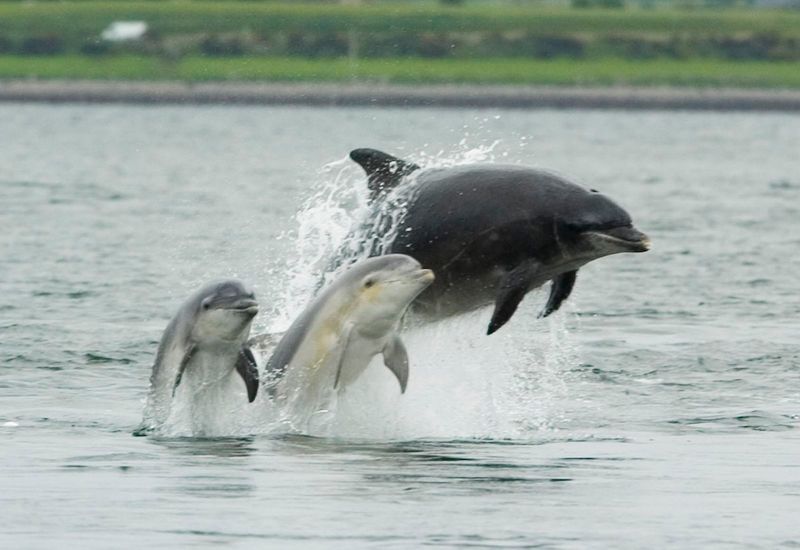
Dolphins engage in cultural transmission, passing knowledge and behaviors from one generation to the next. This is evident in the way young dolphins learn hunting techniques, communication skills, and social norms from their elders.
Such cultural learning allows dolphins to adapt to their environment and thrive in diverse conditions. It reflects a level of social complexity and intelligence comparable to human society, where traditions and knowledge are shared across generations, ensuring the survival and continuity of their cultural practices within the pod.
Vocal Mimicry
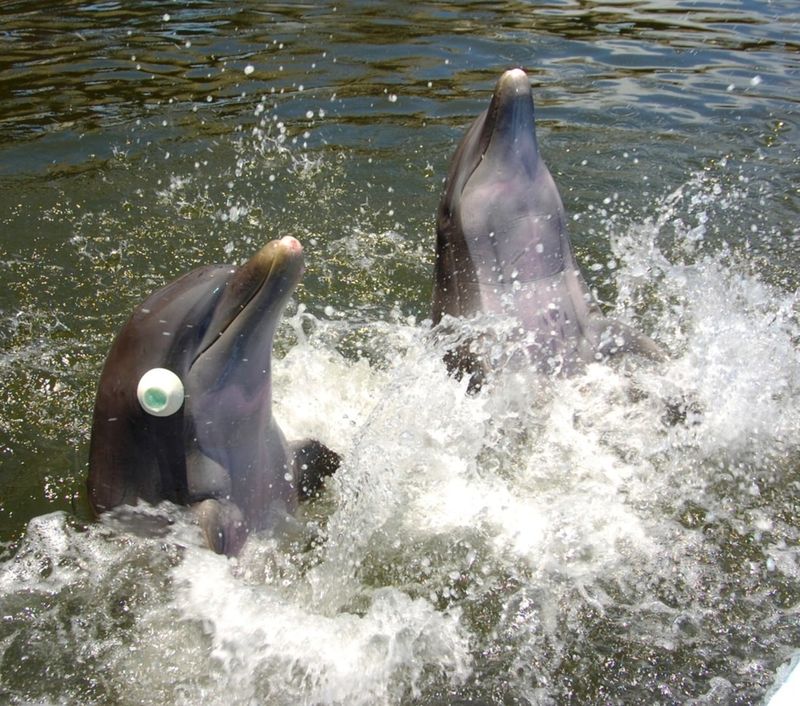
Dolphins are capable of vocal mimicry, a skill that showcases their auditory learning and cognitive abilities. They can imitate sounds from their environment, including human speech patterns and other animals’ calls. This mimicry is not just a display of intelligence but a tool for social interaction and bonding.
In captivity, dolphins have been known to mimic trainers’ whistles and other sounds, indicating their ability to learn and adapt their vocalizations. This skill underscores their complex communication system and highlights the similarities between dolphin and human vocal learning capabilities.
Long-Term Memory
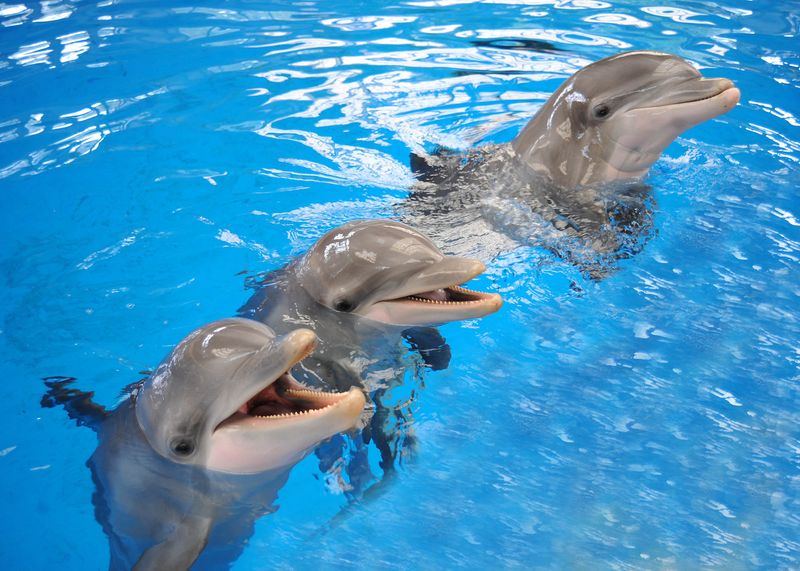
Dolphins possess an impressive long-term memory, allowing them to remember companions and experiences over extended periods. Studies have shown that dolphins can recognize the whistles of familiar individuals even after several years apart.
This memory capacity plays a crucial role in their social dynamics, enabling them to maintain bonds and navigate complex social networks. The ability to recall past interactions and individuals is similar to human memory, highlighting their cognitive sophistication and emotional depth, which are essential for their social cohesion and survival.
Echolocative Precision
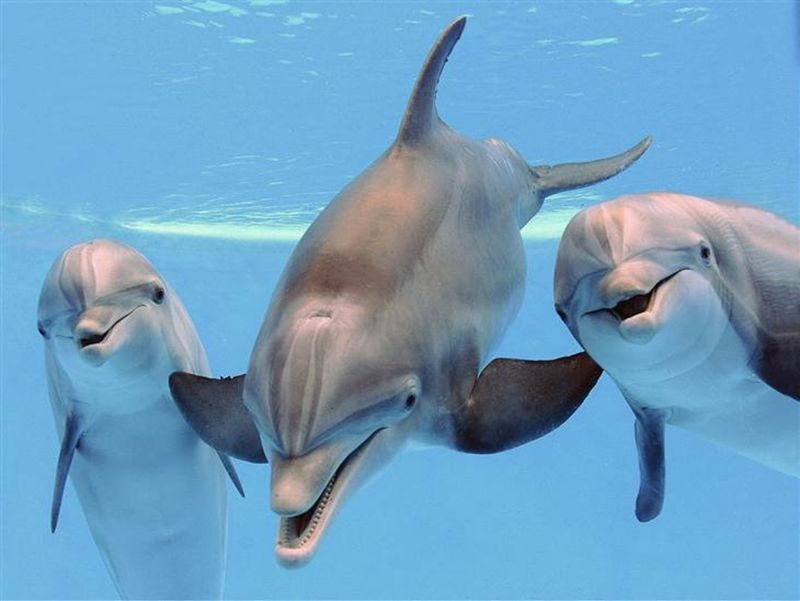
Echolocation is a remarkable ability that dolphins possess, allowing them to navigate and hunt with precision. By emitting clicks and listening to the returning echoes, they can determine the size, shape, and distance of objects.
This ability is crucial for hunting in murky waters or complex environments, showcasing their adaptation and survival skills. Echolocation reflects their sophisticated sensory capabilities, drawing parallels to human technological advancements in sonar systems, and underscoring the intelligence and adaptability that make dolphins proficient hunters.
Innovative Play
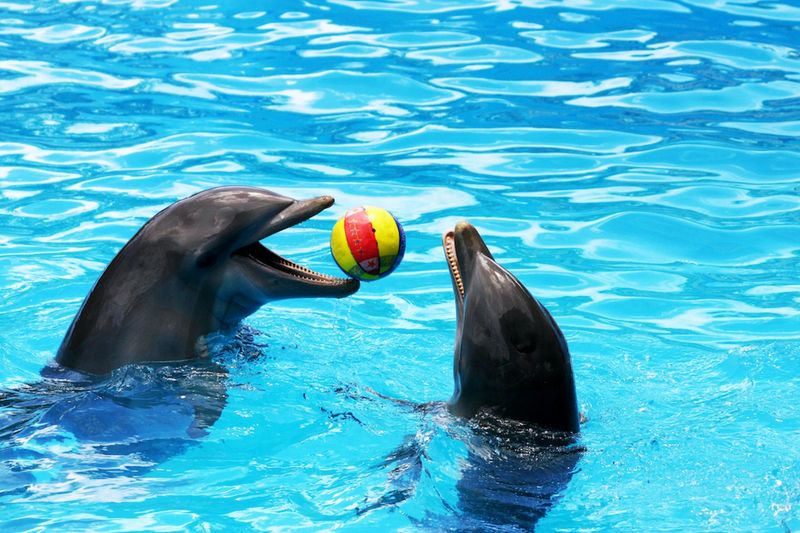
Dolphins are known for their innovative play, often creating and interacting with objects in novel ways. One popular activity is blowing bubble rings and manipulating them for entertainment. This behavior not only showcases their creativity but also their cognitive engagement and problem-solving abilities.
Innovative play is essential for their mental stimulation and social interaction, reflecting a complex understanding of their environment. These playful activities draw a striking resemblance to human creativity and the joy derived from exploration and learning, making dolphins endlessly fascinating creatures.
Emotional Expression
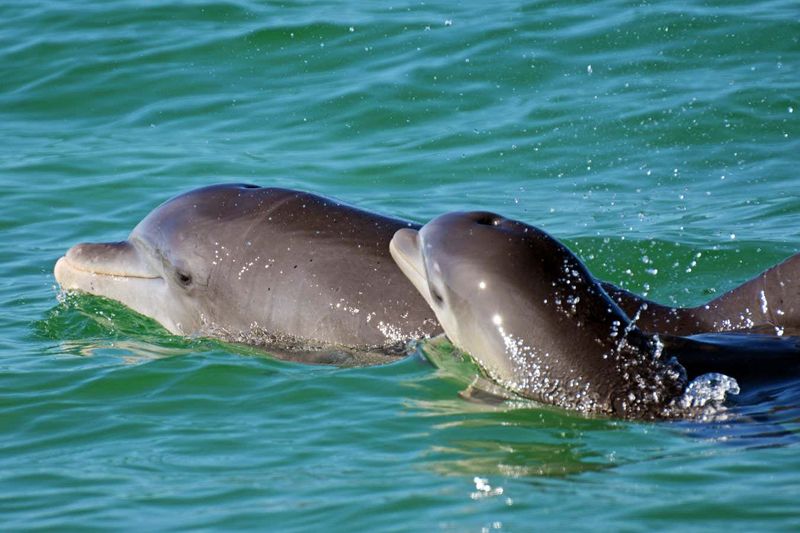
Dolphins exhibit a range of emotions, expressing joy, curiosity, and even grief through body language and vocalizations. Their emotional expressions are observable in their interactions with each other and their environment, revealing a depth of feeling akin to human emotions.
This emotional complexity enhances their social bonds and communication, allowing them to navigate their social world effectively. Understanding dolphins’ emotional expressions provides insight into their social structures and cognitive abilities, demonstrating the rich emotional lives that these intelligent creatures lead, much like humans.
Curiosity and Exploration
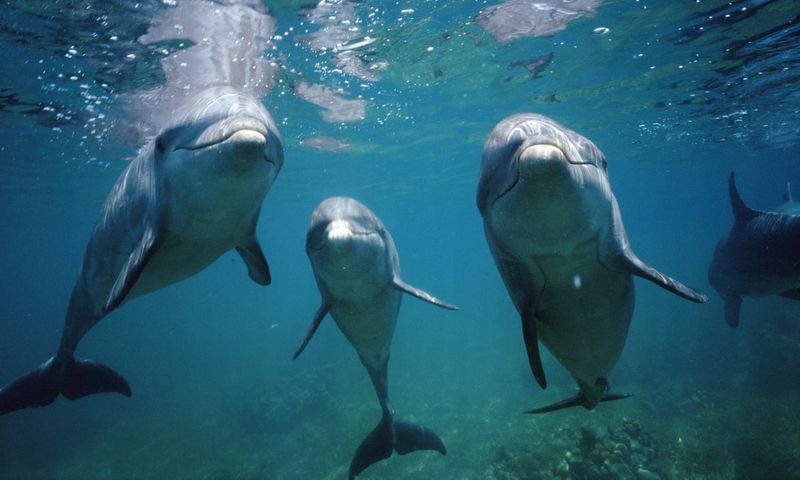
Dolphins are naturally curious creatures, often exploring new objects and environments with great interest. This curiosity drives them to investigate unfamiliar items, leading to learning and adaptation. Their exploratory behavior is indicative of their intelligence and desire to understand their surroundings.
Such inquisitiveness parallels human curiosity, fostering problem-solving and innovative thinking. Dolphins’ willingness to explore and learn makes them adaptable and resilient, highlighting their cognitive sophistication and the similarities they share with humans in their quest for knowledge.
Inter-Species Interaction
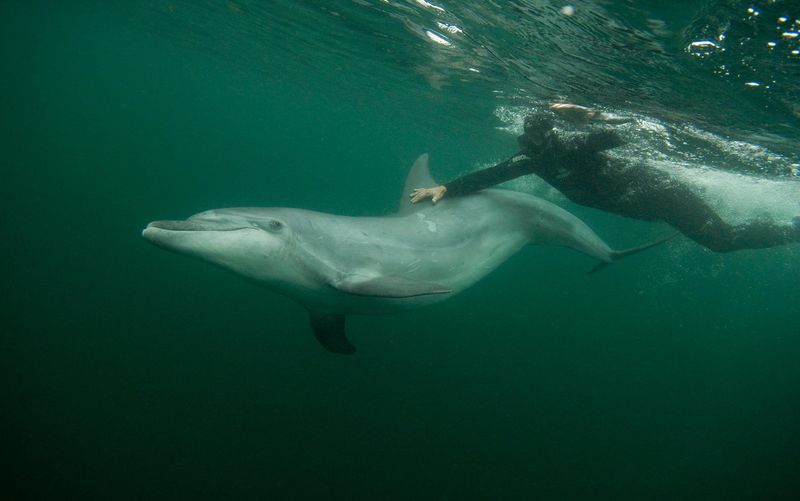
Dolphins are known for their ability to interact and communicate with other species, including humans. These interactions often involve play and mutual curiosity, fostering a unique bond between dolphins and humans.
Such encounters reveal dolphins’ social intelligence and willingness to engage with creatures outside their species. Their ability to interpret and respond to human cues demonstrates their adaptability and understanding, bridging the gap between species. These inter-species interactions highlight the remarkable communication skills and empathy that dolphins possess, drawing intriguing parallels to human social behavior.

